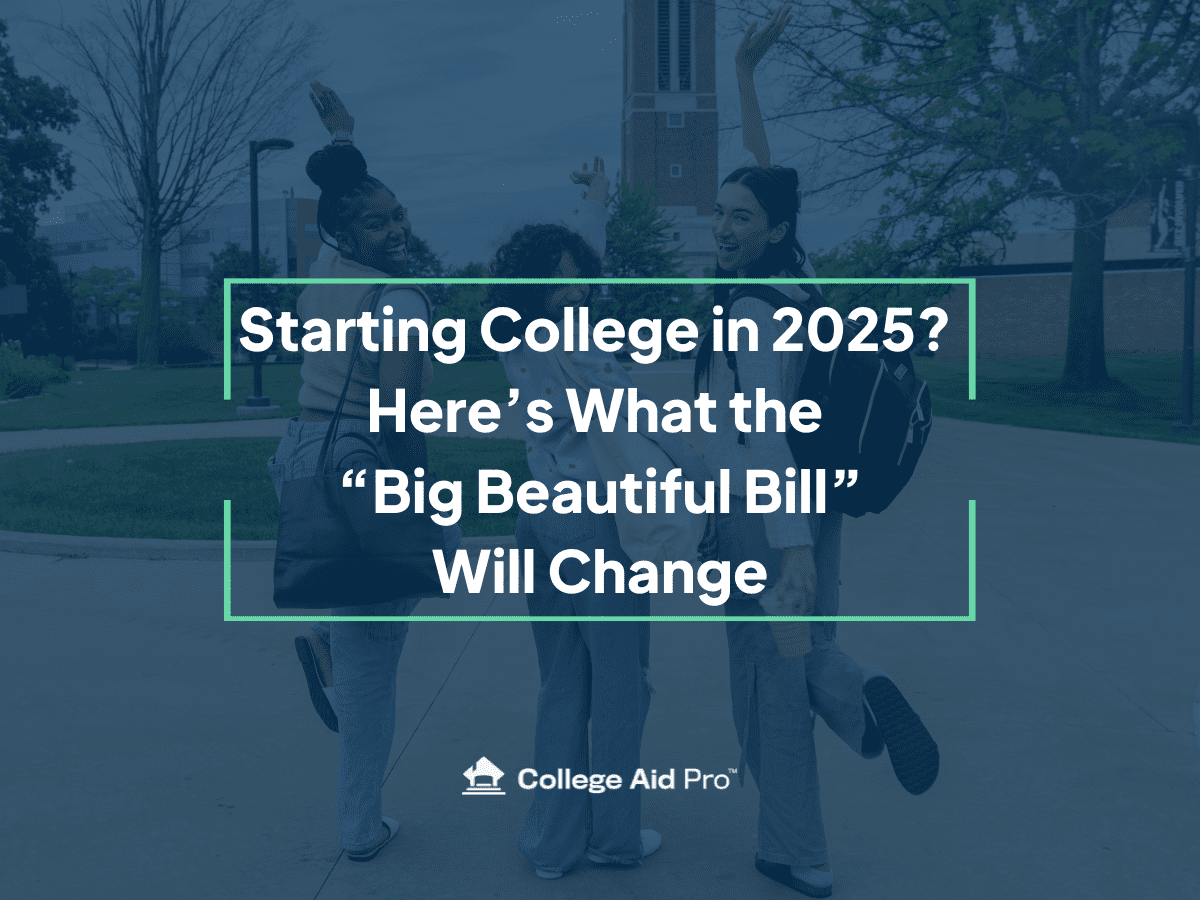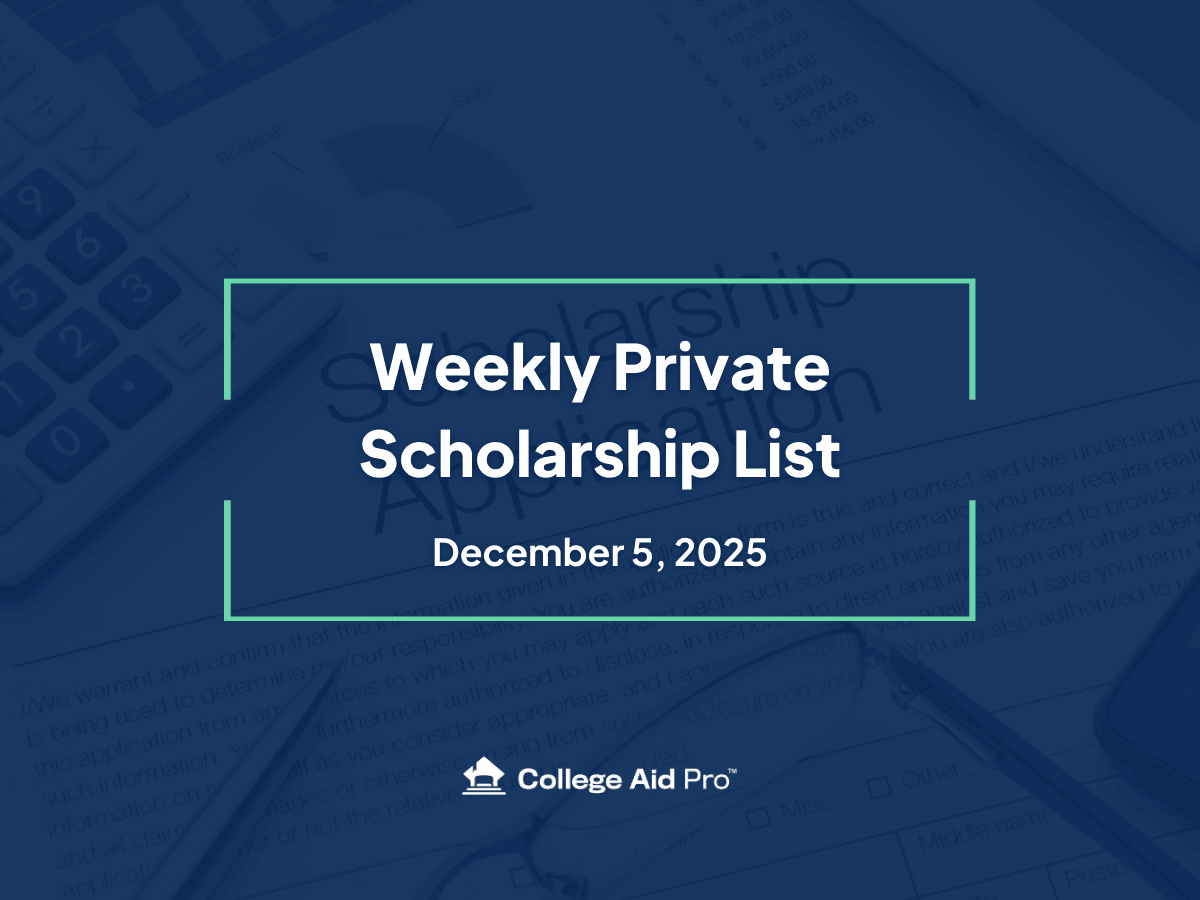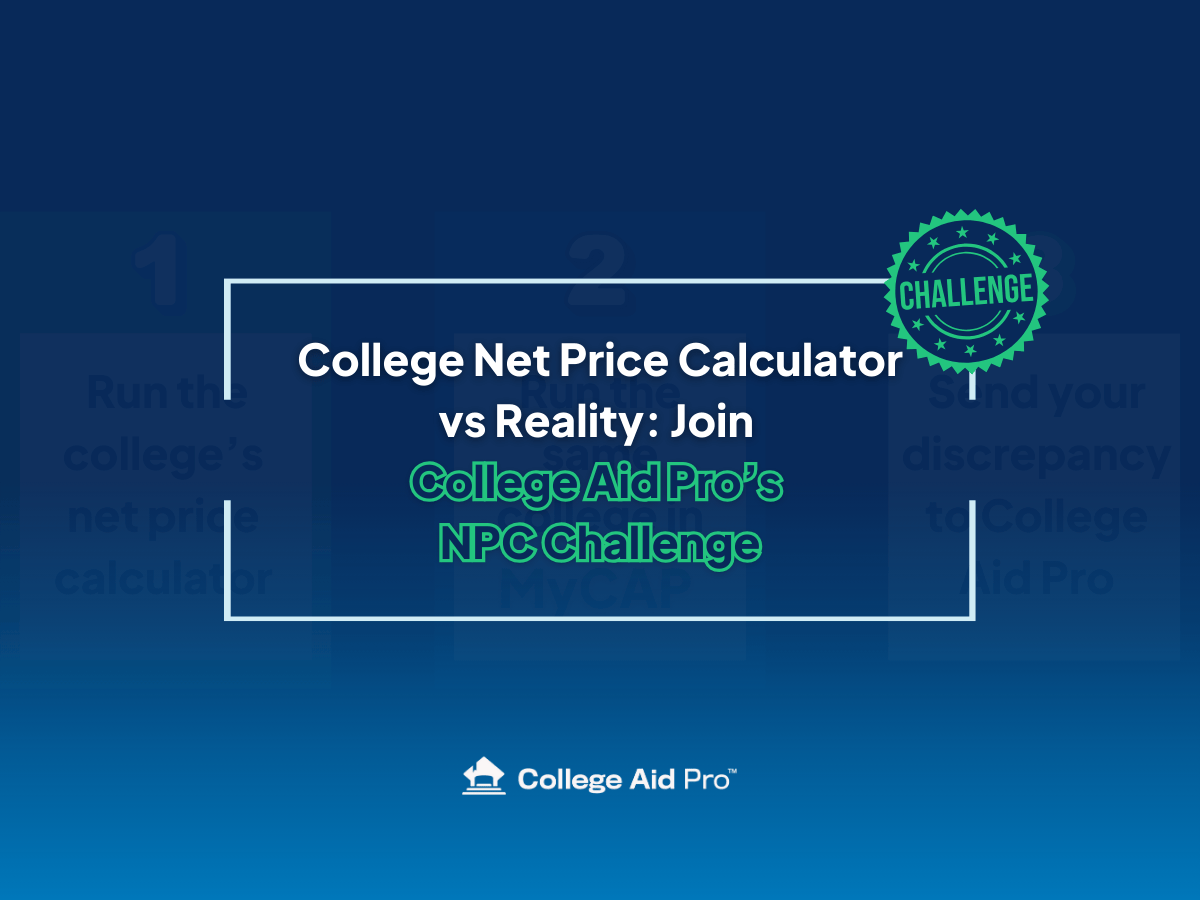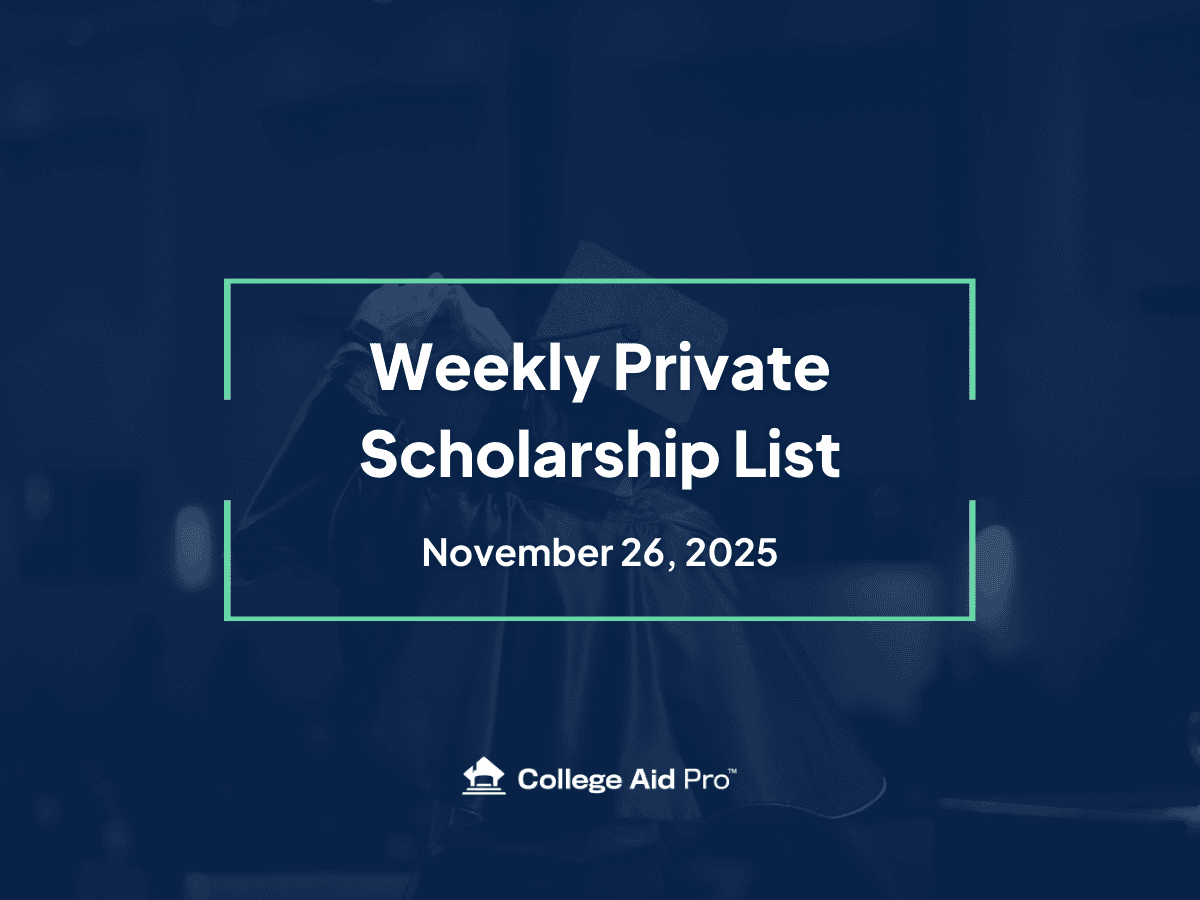5 Things College Freshman Families Need to Know About the Big Beautiful Bill
So your student is heading off to college this fall – congrats!
This is a huge milestone, and we know your head is probably spinning with packing lists, move-in dates, and all the emotions. But there’s something else you need to have on your radar: the Big Beautiful Bill.
If you’ve been following along, you may have caught our breakdowns for current college families and the big-picture overview in Blog 1 and Blog 2. But if your student is entering their first year of college in Fall 2025 or beyond, this is the blog you want.
Let’s walk through what this means for your family.
The Clock Starts Now
The changes in the BBB take effect starting July 1, 2026.
That means your student’s freshman year will follow the current rules. But sophomore year and beyond? Those will be under a whole new system.
You’re in a transition zone, you’ll have one year under the old setup, then the rest of the college journey under the new one. So it’s smart to start thinking ahead now.
The Pell Grant Shift
The maximum Pell Grant stays at $7,395. That’s not changing.
But starting in the 2026–27 school year, that money can only be applied to direct college costs: tuition, fees, and (sometimes) on-campus room and board, if billed by the school.
💡 If your student is commuting or living off campus later, that grant won’t stretch as far. And if their tuition and fees are already covered by other aid, their Pell award could be reduced.
The key takeaway? Don’t lose access to that grant money. Talk to your college’s financial aid office now so you understand how they apply Pell funding. Staying ahead of it could make a big difference after freshman year.
Parent PLUS Loan Caps Are Coming
Right now, you can borrow up to the full cost of attendance through Parent PLUS Loans. Starting in 2026, that will be capped at $20,000 per year and $65,000 total per student.
📉 If you’re planning to borrow, it might make sense to take advantage of the current uncapped rules for the 2025–26 year. But don’t jump in without a plan.
We always recommend building a four-year borrowing strategy – one that considers total debt, future repayment, and how the new caps might affect your later options.
Need help with that? Book a free 15-minute consult with one of our experts. We’ll walk you through what you need to think about, how to look at your options, and next steps you can take.
Repayment Plans Will Shift Too
Any loans disbursed before July 1, 2026 will stay on the current repayment plan options like SAVE or IBR. (At least for right now. We’re not sure if any changes will be made to these plans, but we’ll keep you updated as we find out)
Loans taken after that? They’ll follow a new structure. Borrowers will choose between:
-
A standard repayment plan with fixed monthly payments over 10 to 25 years
-
A new income-driven plan called RAP (Repayment Assistance Plan), which bases your monthly payment on your income and household size
RAP may simplify repayment, but it comes with a few trade-offs. Forgiveness takes longer, and if you’re married, your spouse’s income will count, even if you file taxes separately.
Small Business, Farm or Commercial Fishery Owner? Read This
If your teen is attending a college that only requires the FAFSA and you’re a small business owner, run a farm, or operate a commercial fishery – good news is coming.
Starting with the 2026–27 school year, the value of small businesses, family farms, and commercial fisheries will no longer be counted in the need-based aid calculation.
That means some families who didn’t previously qualify for aid (or didn’t qualify for much) could see a big shift. This could be a great time to revisit your aid eligibility and review how this might open up new planning opportunities.
Talk to Financial Aid (Yes, Again)
Here’s a little-known tip: you might be grandfathered into some current financial aid rules, depending on when your student starts and how the college applies them.
That means a quick check-in with the financial aid office could give you valuable information, like whether your student is locked into certain aid policies from freshman year, or if their package might shift in future years.
You don’t need to know every technical detail right now, but you do want to stay in touch. Ask questions. Keep checking back with us for updates. And position yourself to adapt as needed.
Looking Ahead, Not Freaking Out
You don’t need to panic. But you do need a plan.
Your student is entering college at a time when the rules are changing underneath you. Understanding how to adapt now can help you avoid surprises, maximize financial aid, and make smart decisions that benefit your student and your bottom line.
We’re here to help. Whether it’s with tools like MyCAP (our financial planning software for college), our podcast, our blog, or our full-service guidance, College Aid Pro is your go-to resource for getting it right.
Missed the earlier blogs in this series? You can catch up here:



